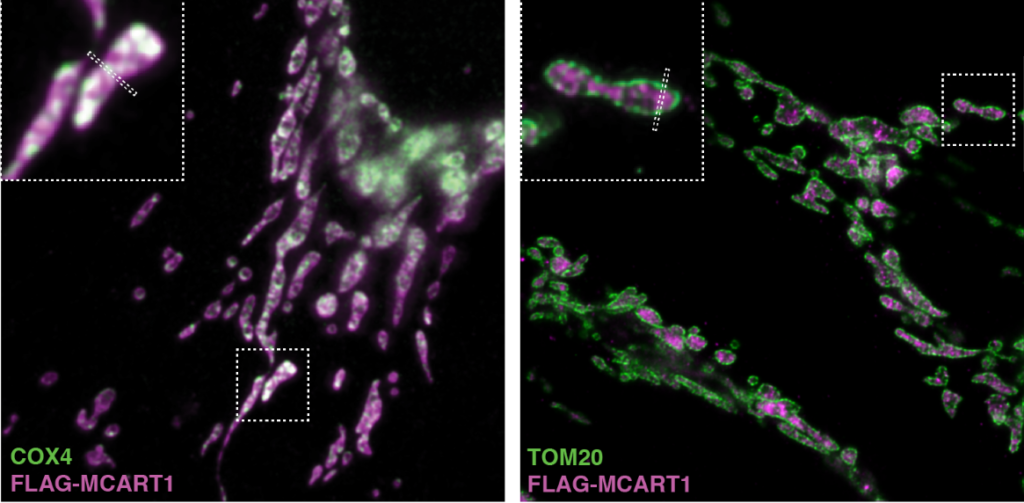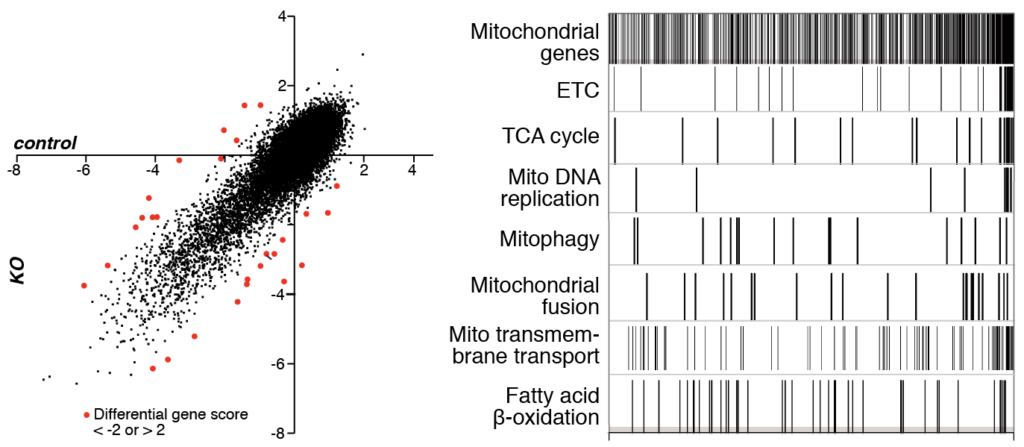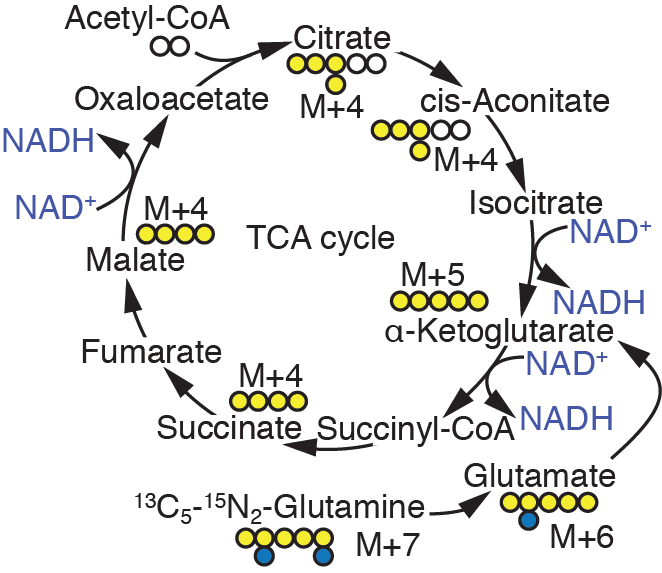Kory Lab
The Kory lab focuses on mitochondria, critical organelles in metabolism that generate both energy and precursors for biosynthesis.
655 Huntington Ave
Building 1, Room 512
Boston, MA 02115
Research

The Kory lab focuses on mitochondria, critical organelles in metabolism that generate both energy and precursors for biosynthesis. Cellular organelles play a key role in organizing and regulating physiology and metabolism. We still do not understand how each organelle imports, processes and exports back metabolites to support cell function, growth and proliferation.
Beyond their metabolic roles, mitochondria are being recognized as important signaling hubs and mitochondrial dysfunction has been associated with major diseases including cancer, diabetes, and neurodegeneration. For mitochondria to function properly metabolites must be efficiently exchanged with the rest of the cell in a regulated manner.

While metabolites can diffuse through pores in the outer membrane, the inner mitochondrial membrane is impermeable to most metabolites and separates two chemically contrasting environments. We want to understand how mitochondria achieve efficient metabolite exchange and at the same time maintain the unique chemical environment of the mitochondrial matrix. Our goal is to use mitochondrial transporters as tools to interrogate metabolic and signaling pathways to understand how mitochondria perform their roles in maintaining metabolic homeostasis.

Current projects address:
- how mitochondrial metabolite flux is adjusted to proliferative demand and cell function
- how metabolic processes inside mitochondria, such as TCA cycle, electron transport chain and one-carbon metabolism coordinated with cytosolic metabolism
- what the roles of mitochondrial metabolites are in metabolic signaling, communication and regulation of physiology
We combine functional genomics, metabolite profiling, imaging, cell biology and biochemistry approaches to address these questions at the molecular and physiological levels.